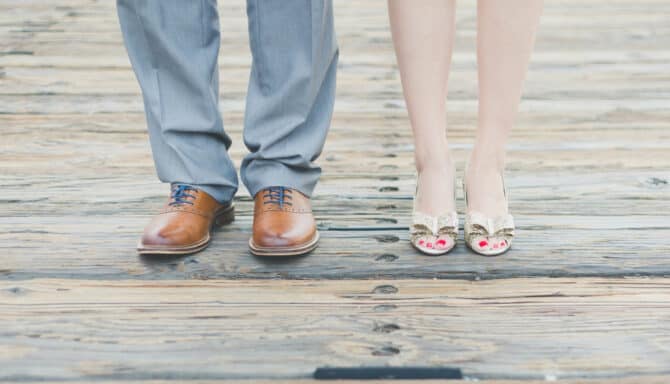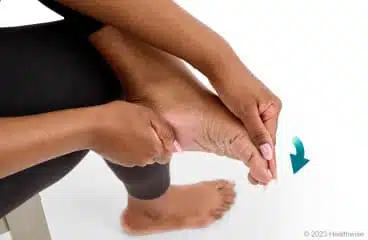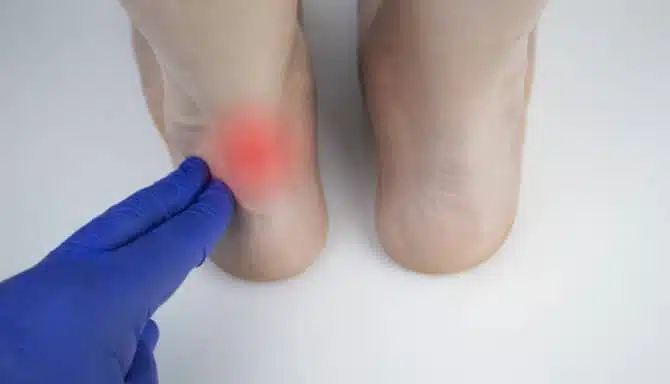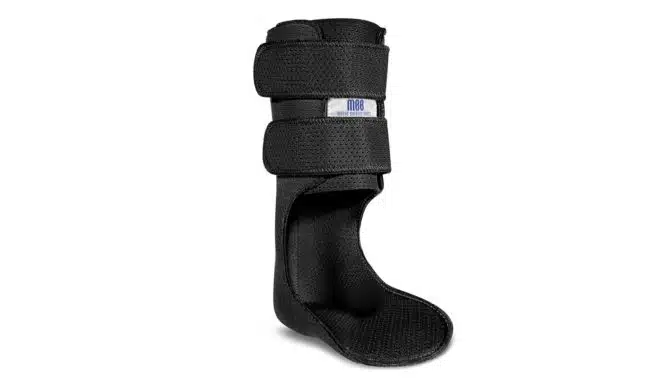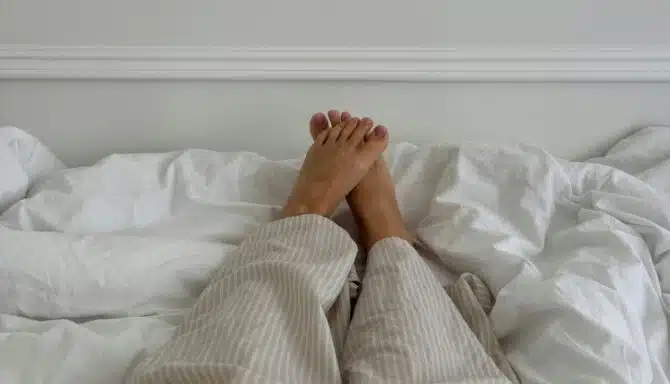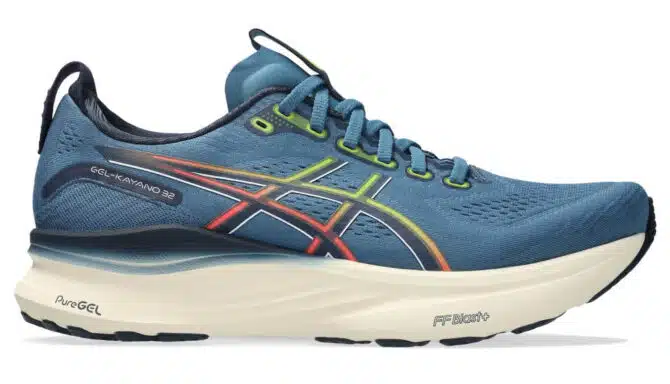You’re halfway through your morning run when a nagging pain starts to form in your shins. The more strides you take, the stronger the ache gets. You push yourself a little further, but the feeling gets too distracting to continue. You stop running, catch your breath and decide you’ll have to give up on your workout for the day.
It seems like you’re dealing with the common running injury called shin splints.
What Is It?
The medical condition medial tibial stress syndrome refers to frequent tenderness or pain along the shinbone, usually in the middle of exercising. People may also suffer mild swelling in the area. The syndrome is commonly called “shin splints.” It occurs when the muscles in the area around the shin are overworked, which irritates the tibia (the shin bone).
Why Do You Have It?
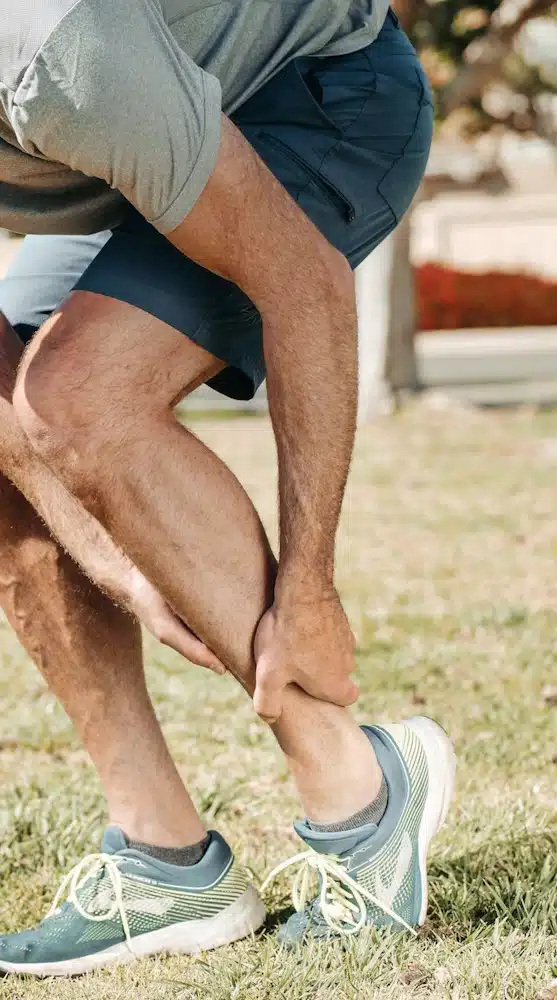
There are 5 reasons why we get shin splints, the most common are:
- Increasing the level of activity. For example, you might typically run/walk three days a week and then suddenly increase it to four. Or perhaps you just started running and your body is still acclimating to the increased activity.
- You have increased the time you exercise for
- The terrain and level of activity might have changed. Instead of running on flat surfaces you might now run on steeper surfaces
- Your foot type and gait pattern. You might have flat feet or rigid arches, which can affect your gait pattern. An irregular gait patter, like overpronation, causes weight to be unevenly distributed through your foot. This means other muscles have to work harder to compensate, which an strain the muscles below your knees.
- Your footwear may be wearing out.
It Could Also Be?
In the majority of cases shin splints is caused by the muscle. But there are also some more serious conditions that can be mistaken for shin splints. So seeking an assessment to find the cause and the true diagnosis is wise. Three conditions commonly mistaken for typical shin splints are:
- Stress fracture. Constant overuse and stress can cause small cracks within the tibia.
- Tendonitis. A tendon comes from a muscle and attaches to bone. These can become sore and inflamed and can feel like shin splints (especially if the tendon has been teared)
- Chronic Exertion Compartment Syndrome. This is where, with overuse, the pressure within the muscle compartment builds up and becomes painful. It is uncommon, but the pain can be very similar to shin splints. Resting can reduce pain associated with Chronic Exertion Compartment Syndrome.
How Do You Fix Shin Splints?
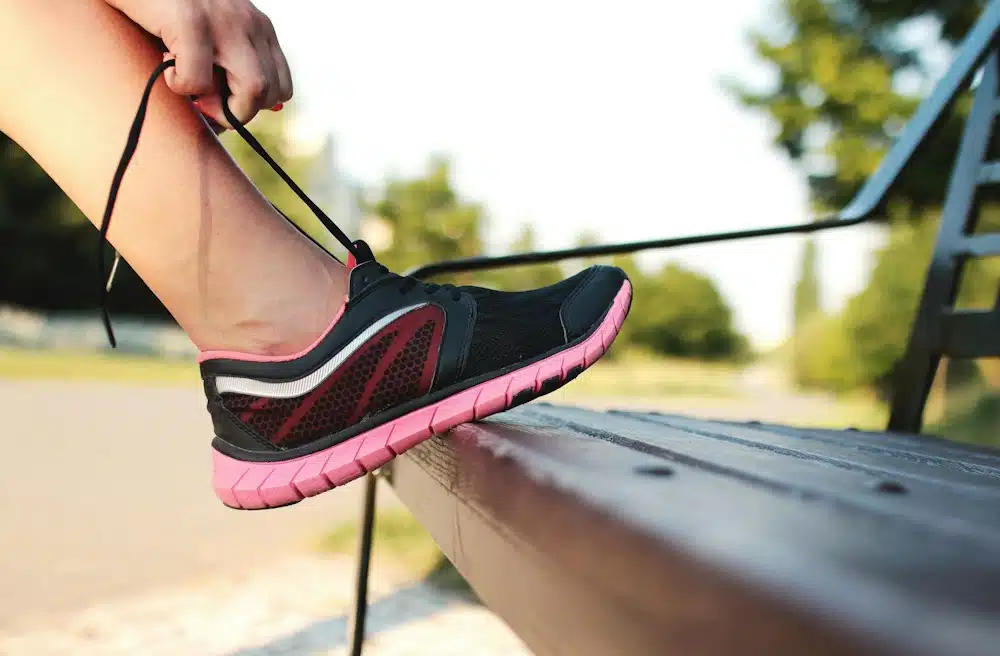
Shin splints are a multi-pronged treatment condition:
- For immediate relief, stop the workout. Don’t run through pain. Take a break from exercise. Go back to the original exercises that you were doing and build up to something different slowly
- Monitored wrapped cold compression for 5 minutes, remove then wait 5 minutes to warm up
- If you can, take an over-the-counter pain reliever if necessary.
- Start by modifying your exercise routine to see if that makes a difference. You can either cut back on the distance, slow down your pace or reduce your workout frequency. Choosing a softer terrain could also make running easier on your legs in comparison to the pavement. Once you establish limits that work better with your physical capabilities, you may find that the pain doesn’t return.
- For a long-term solution, practice exercises for shin splints on a daily basis to strengthen the muscles that absorb the ground’s impact. Runner’s World recommends movements like toe curls, toe flexes, heel drops and single-legged bridges.
- One of the most effective ways to prevent shin splints is to get the right running shoes. Good running shoes should have strong arch-support, shock-absorption and overall stability. If you don’t want to get brand new shoes, you can give your arches support with custom orthotics. These will be made to match the shape of your feet and the height of your arches to increase comfort levels and decrease the risk of injury.
In conclusion, a small level of discomfort is expected when you go for a challenging run, but, you shouldn’t be in pain every time you commit to a workout. A nagging case of shin splints is your body’s way of telling you that something needs to change, whether it’s your routine, your gait or your footwear.



